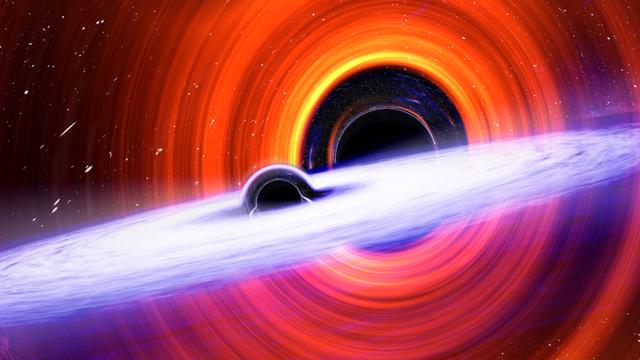Results
LIGO, Virgo and KAGRA observed 'second generation' black holes for the first time
October 29, 2025
Gravitational Waves GroupLVK announced the detection of two gravitational-wave signals — designated GW241011 and GW241110 — that indicate the merger of binary black holes exhibiting unusual mass ratios and spin orientations.
Analyses of the spin and mass asymmetry show that in each case the larger black hole both significantly outweighs its companion and shows a spin configuration that deviates from expectations for first-generation stellar-collapse black holes. These features suggest that at least one of the two black holes may be the product of a previous merger — a so-called second-generation black hole.
If confirmed, these findings would represent the first direct observation of hierarchical black-hole mergers. The detections provide new insights into the formation and evolution of black holes in dense astrophysical environments and open a new window for testing gravitational physics.

Results
LIGO–Virgo–KAGRA complete their richest gravitational-wave observation run to date
November 18, 2025
The LIGO–Virgo–KAGRA (LVK) Collaboration has announced the completion of O4, the most productive gravitational-wave observation run so far, yielding an unprecedented number of candidate events and high-quality data for the scientific community.
